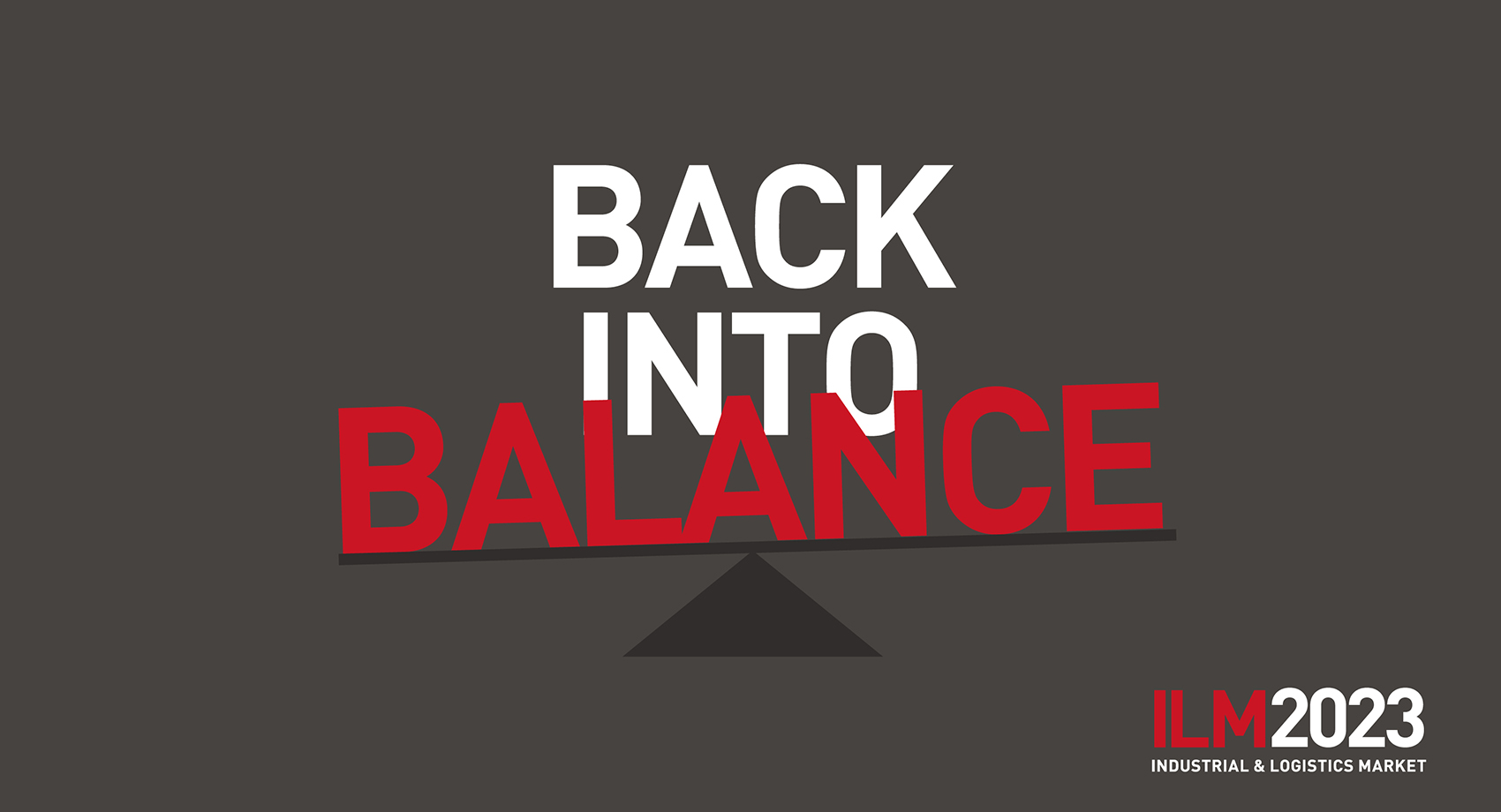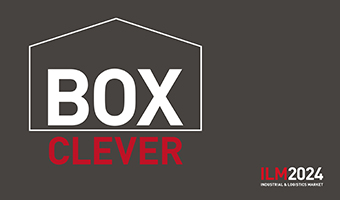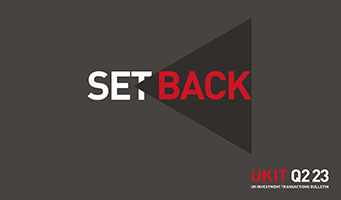After a record bull-run, the UK’s industrial and logistics occupational market is moving back into balance, reflecting improving supply and calmer levels of demand. Although falling short of last year’s record highs, total take-up for 2022 hit 60.5m sq ft, making it the second-best year on record, despite a subdued Q4 amid growing economic uncertainty.
Download our Industrial & Logistics Market 2023 report →
The recent frenetic pace of leasing activity is unlikely to continue into 2023 as the additional demand for space created by the pandemic has receded and we are now experiencing more normalised leasing conditions. As such, even the ‘big beast’ occupiers are displaying more muted behaviour, with Amazon accounting for just 1.5m sq ft of transactions during 2022, compared with a whopping 13m sq ft in 2021.
Richard Meering, national head of industrial leasing at LSH, said: “The move towards more sustainable patterns of leasing should come as no surprise, nor offer cause for alarm. The pandemic-fuelled rush for space has steadily given way to a more settled and balanced phase and, while activity did slow appreciably in the latter part of 2022, greater certainty in the economic outlook should lead to improving activity as 2023 progresses.
It seems likely that the theme of 2023 will be a flight to quality, rather than a goldrush for new space. The bulk of market activity during the past year has centred on prime stock and this looks set to continue as occupiers seek to fulfil their ESG obligations and mitigate rising energy costs by taking on only the most efficient properties.”
Across the market, occupiers’ focus appears to have shifted from raw expansion to the optimisation of both space and supply chains. Factors such as supply chain resilience – ignited by Brexit and accelerated by COVID – look set to be the key drivers of demand throughout 2023 and beyond.
UK-wide speculative development soared to a new high of 23.6m sq ft at the end of 2022. This has helped drive a partial recovery in overall supply from 2021’s all-time low, albeit the availability rate of 3.6% is still extremely tight. While supply will continue to increase in 2023, it will be a relatively minor uptick, with a modest 13m sq of new speculative development starts anticipated this year.
Meanwhile, in the investment market, improving clarity over the direction of travel for interest rates and the economy is leading to a growing sense that the correction has completed, certainly with regard to prime assets. Investor appetite is improving and will be supported by a positive rental outlook, which will be key to driving enhanced returns relative to other sectors.
Across the UK, prime rental growth is forecast to run at circa 4% in 2023, a downwards step change from the recent unprecedentedly high levels but nonetheless comparing well with other property sectors in the current climate. However, there are likely to be significant variations between markets and size-bands. While rents appear to have topped out for now in some prime locations, there remain pockets of as yet untapped growth in many areas of the UK.
Alex Carr, national head of industrial investment, added: “While there can be no doubt that the investment market has cooled, those waiting for any further pricing adjustment may be disappointed given that we are already beginning to see evidence of prices hardening. The market remains conducive for further rental growth, and the prospect of renewed yield compression can’t be ruled out, so there is plenty to play for. This is backed by the weight of money targeting the sector and the general consensus that it remains a go-to sector.”
Get in touch



James Polson
Executive Director - National Head of Industrial and Logistics
Email me direct
To:
REGISTER FOR UPDATES
Get the latest insight, event invites and commercial properties by email







